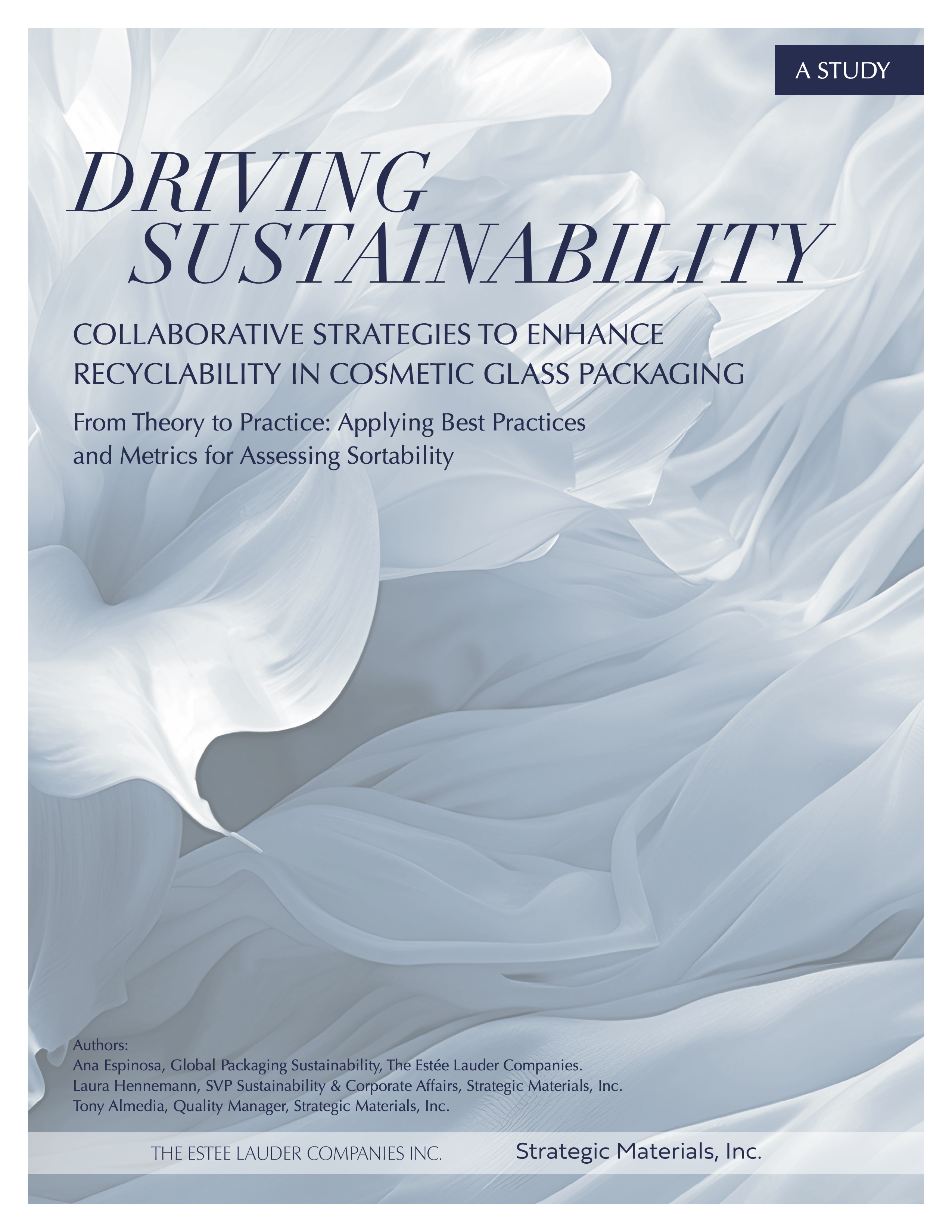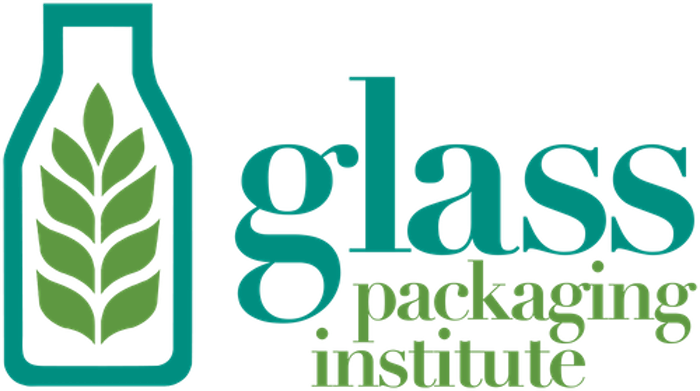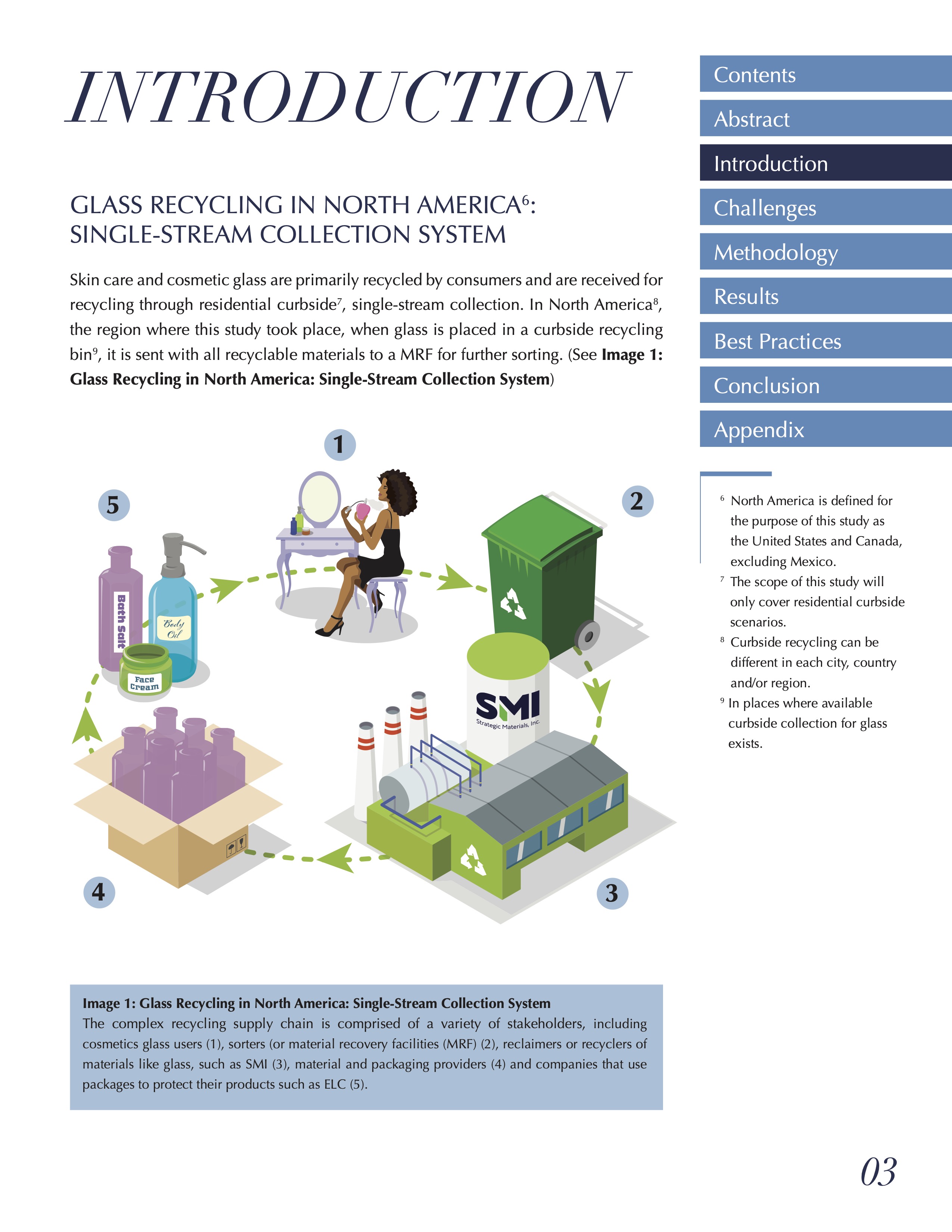While most North America public information and instructions for recycling have suggested that glass packaging, if amber, green or clear, could be recyclable, this tends to be more complex in the luxury cosmetics industry, where multiple decorations, colors, and formats are used to achieve a unique packaging aesthetic, that at times, inadvertently inhibits recyclability.
To address this challenge, over the past four years (2020-2024), The Estée Lauder Companies (ELC), a global leader in prestige beauty with a long-held commitment to sustainability, have collaborated with Strategic Materials INC (SMI), the most comprehensive glass recycler in North America, to perform in-depth testing of more than 200 glass packages to better understand the barriers and potential key criteria for designing cosmetic glass packaging intended to be recyclable. This multi-year study highlights the importance of designing-in recyclability, a purpose-driven mindset that can help ensure product packaging not only serves its immediate function, but also contributes to larger packaging sustainability and environmental goals, making it a responsible and forward-thinking approach.
To understand how to design-in recyclability, the study included a light transmission test in the laboratory and in the glass sorting machine and found that integrating luminous transmission as a key consideration in the design process, can help drive accurate identification of glass packaging in sorting machines commonly used to separate recyclable materials at SMI. The results obtained at the laboratory and glass sorting machines were used to understand the relationship between visible light transmission and sortability, showing that glass decorations that allow light transmission of 5% and above have a greater chance of being sorted correctly as glass and thus, more likely to be recyclable. Light transmission between 0 – 5% is less likely to be sorted as glass. Further studies, tests and collaboration on a case-by-case basis to determine how to design-in-recyclability, particularly if using different decorations and textures, are suggested.
To read the full report, click here or on the image below. 


